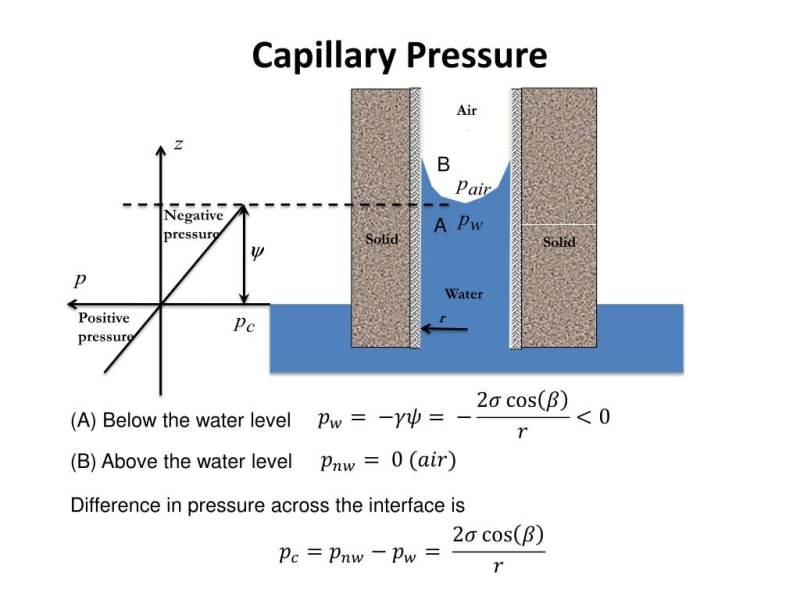struggle67
Structural
Hi
This afternoon, I was calculating the lateral pressure of fresh concrete on wall formworks. Conservatively I was using ρ H (density x height) without considering placement rate, temperature, etc.. then I came to realize that the wall thickness (i.e. width of the fresh concrete) does not affect the lateral pressure on wall formwork. Even if my wall is only 5mm thick I will still get the same lateral pressure as 1000 mm thk wall. It is quite hard to accept for me. Does it true or is it just a simplification or conservative approach? If so any way to account for it? Should it be density x height x wall thickness?
Thanks
This afternoon, I was calculating the lateral pressure of fresh concrete on wall formworks. Conservatively I was using ρ H (density x height) without considering placement rate, temperature, etc.. then I came to realize that the wall thickness (i.e. width of the fresh concrete) does not affect the lateral pressure on wall formwork. Even if my wall is only 5mm thick I will still get the same lateral pressure as 1000 mm thk wall. It is quite hard to accept for me. Does it true or is it just a simplification or conservative approach? If so any way to account for it? Should it be density x height x wall thickness?
Thanks

![[idea] [idea] [idea]](/data/assets/smilies/idea.gif)
![[lol] [lol] [lol]](/data/assets/smilies/lol.gif)
![[spin2] [spin2] [spin2]](/data/assets/smilies/spin2.gif)
![[atom] [atom] [atom]](/data/assets/smilies/atom.gif)
